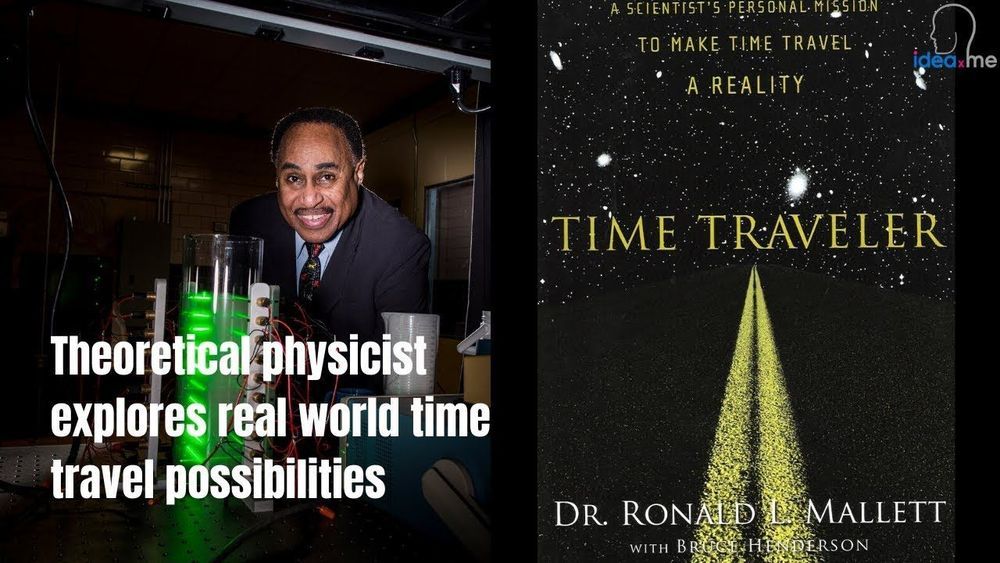Gravitational waves leave behind a memory — a permanent bend in space-time — as they pass through.



Researchers fabricated a cavity device with a large number of “exceptional points,” which are modes that exhibit exotic phenomena, such as extreme sensitivity to external parameters.
One of the fundamental laws of physics is that energy is conserved, but many local physical systems—seen in isolation—gain or lose energy. For example, a light bulb converts electrical power into radiation, which from the perspective of the electrical circuit is a loss of energy. By contrast, a light beam gains energy as it passes through an amplifying medium. Although one can model the inputs and outputs, it’s often mathematically simpler to just treat energy as a locally nonconserved quantity. Nonconservative systems, referred to as non-Hermitian, have attracted a great deal of interest because they can exhibit potentially useful phenomena, such as enhanced sensing [1] and robust single-mode lasing [2]. These phenomena are intimately related to the ability of non-Hermitian systems to support exceptional points, a type of degeneracy in which two or more modes suddenly coalesce into one (Fig. 1).


An École Polytechnique Fédérale de Lausanne (EPFL) Bachelor’s student has solved a mystery that has puzzled scientists for 100 years. He discovered why gas bubbles in narrow vertical tubes seem to remain stuck instead of rising upwards. According to his research and observations, an ultra-thin film of liquid forms around the bubble, preventing it from rising freely. And he found that, in fact, the bubbles are not stuck at all – they are just moving very, very slowly.
Air bubbles in a glass of water float freely up to the surface, and the mechanisms behind this are easily explained by the basic laws of science. However, the same laws of science cannot explain why air bubbles in a tube a few millimeters thick don’t rise the same way.
Physicists first observed this phenomenon nearly a century ago, but couldn’t come up with an explanation – in theory, the bubbles shouldn’t encounter any resistance unless the fluid is in motion; thus a stuck bubble should encounter no resistance.


Researchers have identified a metal that conducts electricity without conducting heat — an incredibly useful property that defies our current understanding of how conductors work.
The metal, found in 2017, contradicts something called the Wiedemann-Franz Law, which basically states that good conductors of electricity will also be proportionally good conductors of heat, which is why things like motors and appliances get so hot when you use them regularly.
But a team in the US showed this isn’t the case for metallic vanadium dioxide (VO2) — a material that’s already well known for its strange ability to switch from a see-through insulator to a conductive metal at the temperature of 67 degrees Celsius (152 degrees Fahrenheit).

In 1900, so the story goes, prominent physicist Lord Kelvin addressed the British Association for the Advancement of Science with these words: “There is nothing new to be discovered in physics now.”
How wrong he was. The following century completely turned physics on its head. A huge number of theoretical and experimental discoveries have transformed our understanding of the universe, and our place within it.
Don’t expect the next century to be any different. The universe has many mysteries that still remain to be uncovered—and new technologies will help us to solve them over the next 50 years.


Ira Pastor, ideaXme exponential health ambassador, interviews Dr. Ronald Mallett, Professor Emeritus, Theoretical Physics, Department of Physics at the University of Connecticut.
Ira Pastor Comments:
Time travel is the concept of movement between certain points in time, analogous to movement between different points in space, by an object or a person, typically with the use of a hypothetical device known as a time machine.
Time travel is a widely recognized concept in philosophy and fiction and the idea of a time machine was originally popularized by H. G. Wells’ 1895 novel The Time Machine.
Forward time travel, outside the usual sense of the perception of time, is an extensively observed phenomenon and well-understood within the framework of special relativity and general relativity and making one body advance a few milliseconds compared to another body has been demonstrated in experiments comparing atomic clocks on jets and satelites versus the earth.
As for backward time travel, it is possible to find solutions in general relativity that allow for it, in a theoretical system known as a “closed timelike curve” (sometimes abbreviated CTC), which is where the world line of an object (the path that an object traces in 4-dimensional space-time) follows a curious path where it eventually returns to the exact same coordinates in space and time that it was at previously. In other words, a closed timelike curve is the mathematical result of physics equations that allows for time travel to the past.
